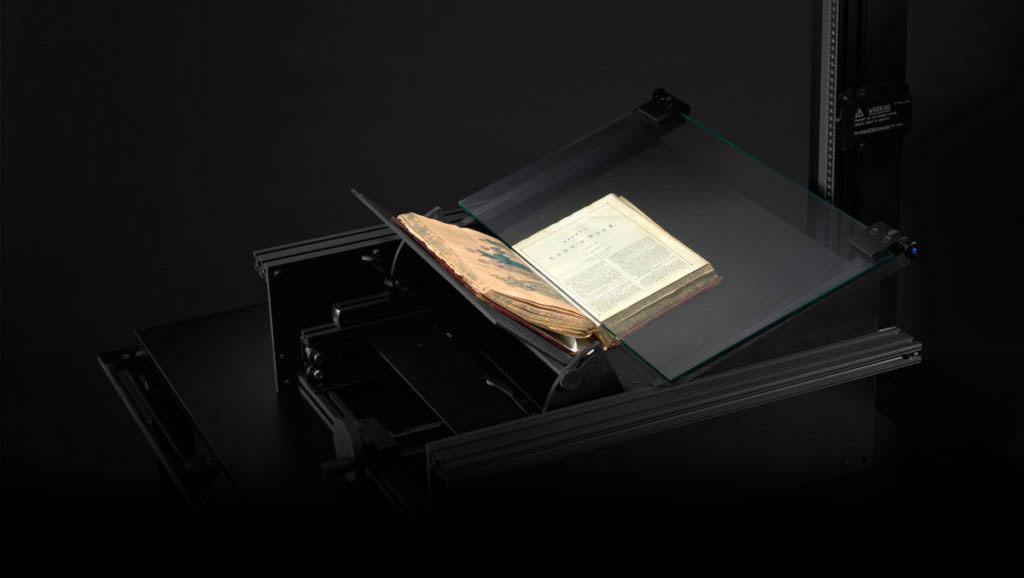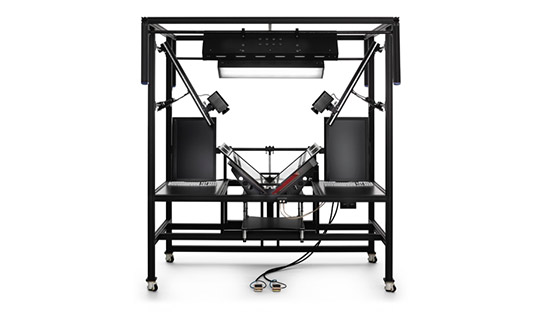When investing in a premier piece of digitization equipment, you want to make sure that you’ve picked an appropriate system for your particular collection, environment, and staff. One of the core values at DT Heritage is our mission to provide the highest level of knowledge and experience available to our customers. We’ll help guide you through your purchasing decision, including consulting on your specific digitization needs, your workflow requirements, and any unique components of your material collection.
With that in mind, we thought it would be helpful to provide a high-level overview of the three primary options we provide for digitizing bound material to help differentiate between systems and narrow down which one might be best for your set-up. Please keep in mind that this is only a road map, and that contacting our highly trained digitization experts to consult on the perfect system for your needs will always yield the best results.
Let’s start by asking a basic question—
How large is your collection of bound material?
If you have, for example, 10,000 rare books to digitize, our BC100 system with the Rare Book Module is the clear choice. Its ability to digitize two pages at once, combined with its ability to self-limit PSI and provide a minimal-possible contact digitization plane, means that it will provide that fastest workflow, while handling delicate rare books in a safe manner.
If your collection is smaller than that—say, a few hundred —it becomes a little less clear and we need to look at other factors before making a decision.

The DT Versa (Formerly the DT RGC180)
Is your collection largely made up of books, and can the large majority of them be safely opened up to 180º?
If your collection is primarily bound material, and most of them (>90%) can be opened up to 180º without causing damage or stress to the object, than a DT Versa becomes a very good option. The DT Versa has a best-in-class speed of workflow, as well as the same amazing FADGI-4 compliant digitization quality as the BC100. It also has the added ability to scan flat artwork. Because the DT Versa requires that your material be opened to 180º, it’s not ideal for all types of delicate bound material, but the DT V-Cradle can be added to your system, allowing you to scan rare historical books safely.
Do You Have Other Material Types in Your Collection?
If your collection is made up of a more varied mix of material—say, many books, but also flat art, as well as some 3D, sculptural items or transmissive material (i.e. slides, glass plate negatives, etc.) the DT Atom with the DT-V-Cradle add-on is one of the most versatile digitization platforms available today.

The DT Atom with DT V-Cradle
The DT Atom and DT V-Cradle set-up allows for scanning a wide variety of bound material quickly and easily, at 180º, 100º, or even 80º (yes, less-than-90º scanning, allowing for a very low-stress position of delicate material). The DT Atom also has the ability to serve as a photographic backdrop and lighting system for sculpture and 3D museum objects. And with addition of the DT Film Scanning Kit, you can digitize all of the transmissive material in your archive.
For a quick comparison of the different attributes of these systems, we’ve created an easy table to reference, allowing you to compare your workflow and collection priorities below

For more information, or for a free consultation on setting up your digitization workflow, feel free to contact us. We’ll talk to you soon!
[su_button url=”https://heritage-digitaltransitions.com/contact-us/” background=”#377e80″ color=”#ffffff” size=”8″ center=”yes” radius=”0″ text_shadow=”0px 0px 0px #ffffff” class=”.su-button {text-align: center; }”]Get Started[/su_button]


